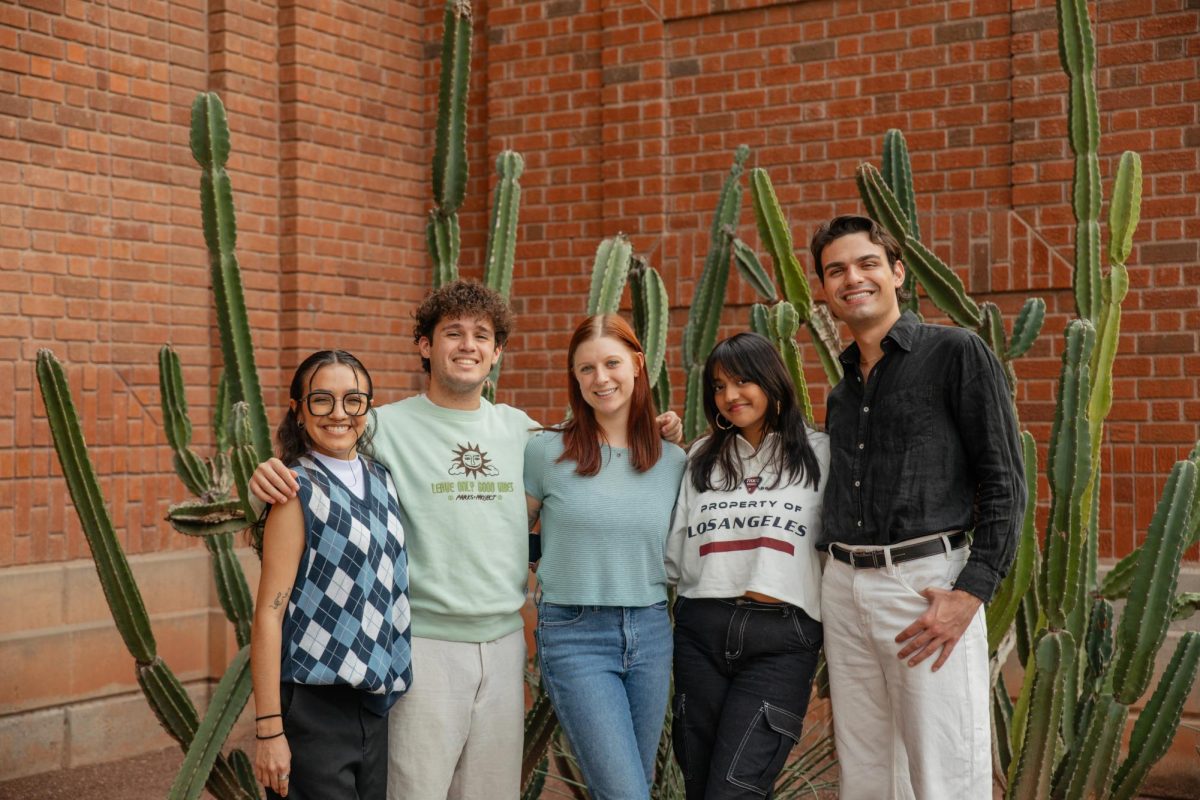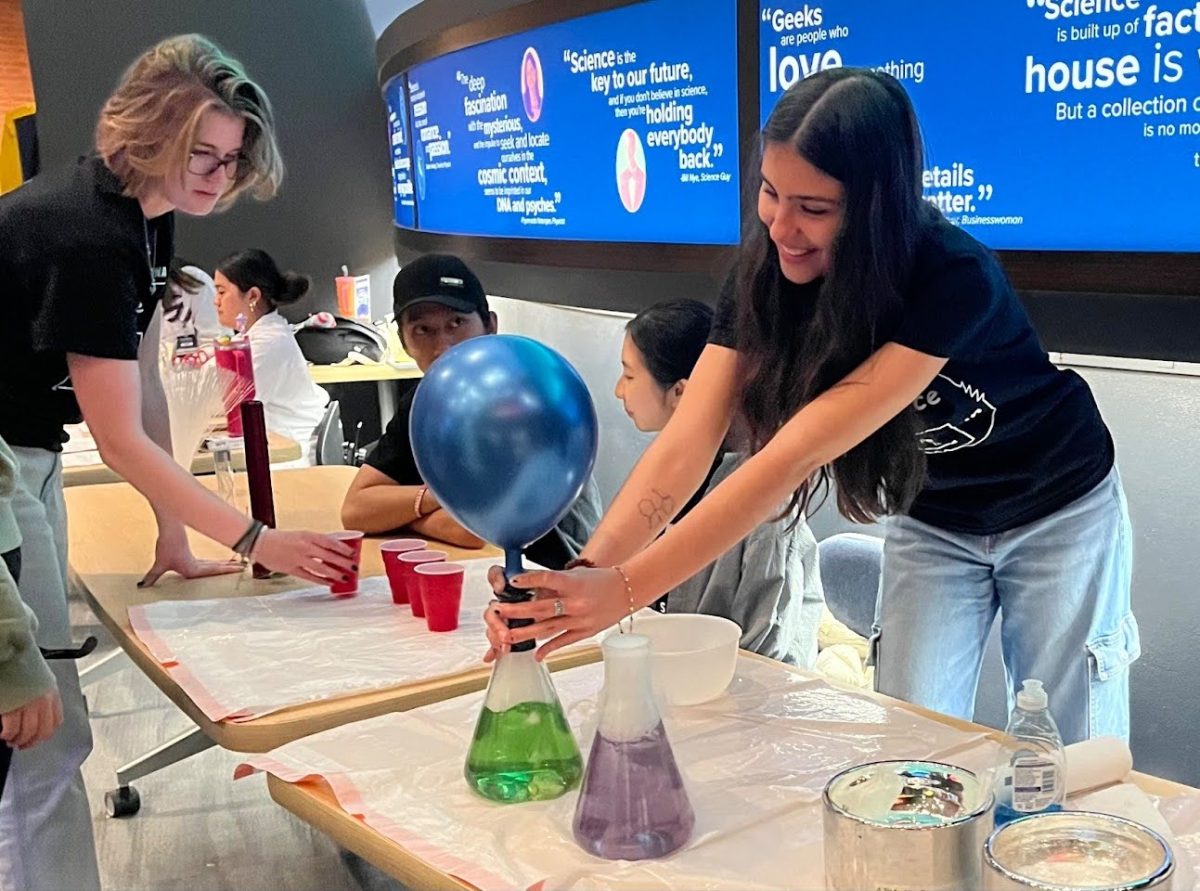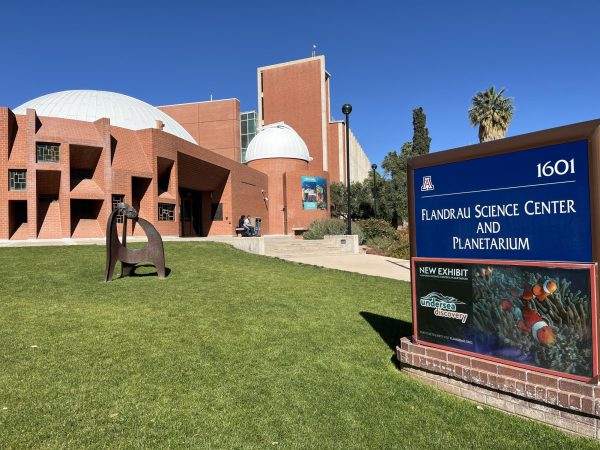Your great-great … great-great … great … great-grandparents
Scientists have identified a new species of early human ancestors. A new hominin species, the Homo naledi, was announced on Thursday by a group of scientists in South Africa.
Dr. Lee R. Berger, an American paleoanthropologist and professor of human evolution studies at the University of Witwatersrand in Johannesburg, was at the forefront of the research being done on the Homo naledi.
Remains from the human ancestors were originally discovered in South Africa two years ago, when two local spelunkers entered a cave to find themselves surrounded by bones.
According to a paper published this week by Berger, the scientists found more than 1,550 fossils, constituting one of the largest samples of any hominin species in a single African site.
“With almost every bone in the body represented multiple times, Homo naledi is already practically the best-known fossil member of our lineage,” Berger said in an interview with The New York Times.
The location and number of the remains suggest the intentional deposit of dead bodies into the cave. According to the scientists involved in the excavation, this suggests a ritual burial of the dead bodies by the Homo naledi, a practice previously thought to be limited to modern humans.
Analysts have not yet been able to identify the exact age of the remains, but Berger believes them to be between 2.5 and 2.8 million years old.
Our new astral neighbors
Astronomers have found a galaxy cluster filled with new stars.
The new cluster was first spotted using the Spitzer Telescope and the Canada-France-Hawaii Telescope on Maunakea, Hawaii. Follow-up studies using the Hubble Space Telescope confirmed that the creation of new stars in the cluster was being fueled by gas.
“We can actually see the ferocious heat from all these hot, young stars,” said Dr. Jason Surace from NASA’s Spitzer Science Center at the California Institute of Technology in Pasadena, California, in an interview with Astronomy Magazine.
The galaxy cluster is being referred to by astronomers as SpARCS 1049+56. The cluster is producing stars at a rate of 860 per year, compared to the Milky Way, which produces about two per year. It is thought to contain at least 27 galaxies and is located 9.8 billion light-years away from Earth.
Dr. Tracy Webb of McGill University in Montreal, Canada said that the galaxy at the center of the cluster is currently producing a number of new stars after merging with a smaller galaxy, according to an interview with Astronomy Magazine.
Webb said that most stars at the center of galaxy clusters are old and dead, but this cluster is thought to be active. Webb and her fellow researchers are planning on studying other galaxy clusters like SpARCS 1049+56 in the future.
Be careful, they bite
New research is being conducted into the evolution of carnivorous plants. According to a recent study done by Michael Schöner of the University of Greifswald in Germany, the carnivorous plant Nepenthes hemsleyana, a pitcher plant that grows in Borneo, does not just eat insects, but also forms coexistent relationships with woolly bats.
Schöner’s research group has found that the Nepenthes attracts bats by changing its shape to match the bats’ echolocation calls. According to the study, the Nepenthes does this so that the bats will roost on the plant. The cocoon shape of the plant provides bats with comfort and protection.
Schöner and his colleagues found that the plant attracts bats in order to feed on their guano, which provides the plant with supplemental nutrition.
The relationship between the woolly bats and the Nepenthes plant is one of the only instances of animals coexisting with carnivorous plants.
Computer program catalyzes chemistry
Researchers at Virginia Tech are training computers to make predictions about chemical reactions.
Dr. Luke Achenie and Dr. Hongliang Xin, chemical engineering faculty members at VT, recently wrote an article about their research on using computer programs to aid in chemical engineering. According to their article, Achenie and Xin used existing programming data to train computer algorithms to make predictions about the outcomes of certain chemical reactions.
The researchers were able to create a model that predicts novel alloy materials for chemical conversions quickly and accurately.
The process of testing blends of metals to learn more about their physical and chemical properties is expensive and time consuming, according to Achenie. The team hopes to make this process more accessible using computers.
Achenie and Xin have already identified some copper multi-metallics with higher energy conversion efficiency, according to their article. During their research, they focused on the electrochemical reduction of carbon dioxide on metal electrodes because of the recent increase in interest in this process for sustainable productions of fuels, according to Xin.
Achenie and Xin’s new model could make research on CO2 conversion easier and less expensive.
You need the D
Vitamin D may help slow dementia and Alzheimer’s disease in patients, according to a new study done by the Journal of the American Medical Association.
Researchers in the U.S. measured both vitamin D levels and cognitive ability in older adults. The study found that low levels of vitamin D correlated with impaired cognitive function and could be related to dementia and Alzheimer’s disease. Subjects with lower levels of vitamin D showed more short-term memory loss, as well as some cognitive impairment, according to the study.
Subjects who had dementia also had lower levels of vitamin D than those with mild cognitive impairment, said Dr. Joshua Miller, nutritional sciences professor from Rutgers University. These subjects suffered from memory loss and inability to organize thoughts and prioritize tasks.
Dementia and Alzheimer’s can cause a loss of cognitive function in older adults. The diseases affect more than 47 million people, according to the World Health Organization. It is expected that cases of dementia and Alzheimer’s will increase in older adults over the next 50 years, according to the study.
Further studies are being conducted to determine if increased levels of vitamin D can slow the onset of dementia and Alzheimer’s.
Follow Emily Hedges on Twitter.








